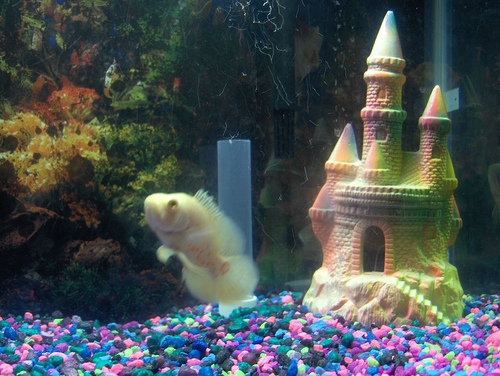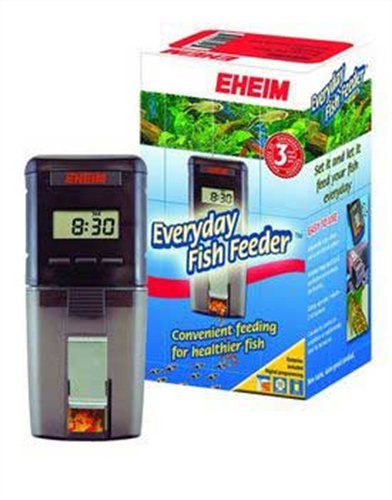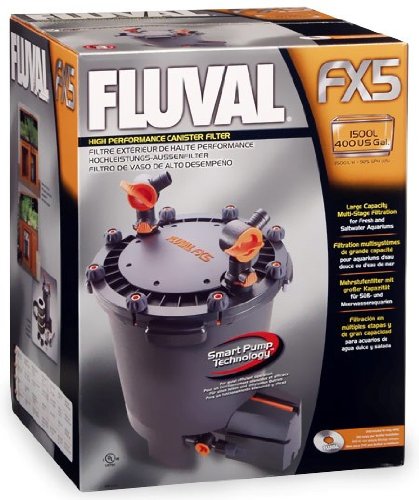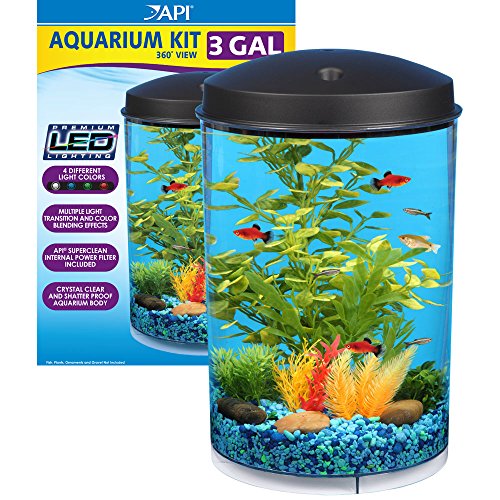Dogs and Fleas
Fleas are the most common parasite on the outside of all Dog Breeds. But in their case an ounce of prevention is all that's needed. Advances over the past few years mean that the older cruder insecticides to control fleas have now been replaced with sophisticated biological weapons that devastate the parasites without affecting the dog's health.
Fleas are activated by body heat and are picked up from other dogs, or animals and from their own environment, such as their back yard. The first sign is usually your dog scratching continuously in an attempt to rid himself of the parasite. You can also look for flea dirt, shiny black specks on the skin, especially over the rump. Watch while bathing the dog too, as a flea will generally surface. At this stage they can be picked and squashed but it is far easier to prevent the fleas in the first instance.
Always treat all dogs and animals in the house, as well as the whole house and garden. Remember also that dogs can contract tapeworms by swallowing contaminated fleas and so can humans.
There are so many good flea control products available now that there's really no need for any dog to suffer the agony of flea bites. These products can be topical (applied to the animals skin) or given in pill form. Some of the products control ticks and other parasites as well.
The best product for your dog depends on both the climate in your area and the lifestyle of your dog. A dog who spends a lot of time outdoors or playing in the water may need a different product than that used for a dog who spends most of his time in the home or show ring.
TREATMENT METHODS
Flea Powders
Flea powders are messy and some can be dangerous if licked. Use only powders containing pyrethrin powder, as it is non-toxic to dogs but dangerous to fleas.
Flea Collars
Basically a waste of time, they may prevent fleas in the neck area, but the fleas simply move down to the other end of the dog.
Flea Shampoos
Flea Shampoos can be excellent, especially the ones containing pyrethrin. They not only kill the fleas but can soothe any skin problems and cleanse the dog at the same time. They do not prevent any re-infestation however.
Flea Sprays
Use household fleas sprays that contain flea growth inhibitor. These prevent flea eggs from turning into fleas. Be careful of the dog's eyes when spraying. Another kind of spray is the flea "bomb". These sprays are set off in the home while it is vacant and not only kill fleas but also other types of bugs that may be lurking. This is a very effective method but don't forget to remove or cover food, fish aquariums etc, and cover anything else you don't wish to get the spray on, before using. Thoroughly wash surfaces used for food preparation, or those where animals or children might come into contact with the chemical.
Flea Dips
Maybe they used these last century, they are unsafe - forget about them.
Flea Drops
Probably the best method when used correctly. The drops must come in contact with the skin so that it spreads through the thin fatty layer on the surface of the skin. You need to make sure the hair is parted so the drops can be easily applied to the skin. These preparations are not effective if the drops only get on the hair.
Flea Tablets
Available from your veterinarian, these products are a superb way to eliminate fleas on your dog and in your home, as long as your dog has no allergies. This method does not kill the fleas, but sterilize those that feed on the dog. If your dog is allergic to flea bits, use a product that kills fleas dead.
Flea Injections
Flea prevention injections are currently available from veterinary surgeons only. The best thing about an injection is that they last 6 months. Fleas are generally only active in the warmer months so one injection a year could be all you need. The additional use of a flea-killing spot-on is recommended if adult fleas are present.
All of these products are available from your local Pet Supplies store or Vet.
Flea Some Myths
Vinegar. I have washed a flea-ridden dog in vinegar and then the next day found 30 fleas on the poor animal. A waste of time.
Sticky pads saturated with a flea pheromone and left under a light are said to attract fleas to a sticky end. Questionable, but if you believe that dabbing pheromones of the opposite sex behind your ear attracts members of the opposite sex, this method could be for you.
Ultrasonic devices. These devices are attached to the dog's collar and apparently emit vibrations said to kill fleas. Try to find an independent study before committing to this method.
Garlic. Garlic repels vampires not fleas. Garlic to a dog is the same as garlic to a human - it spices up the meal.
Nematodes. Available in some countries and apparently can be effective.
TREATING OUTSIDE
To eradicate fleas from the home you need to treat the dog, the home and the yard.
My recommendations are:
The dog:
Use a spot on treatment that kills adult fleas. There are many on the market and some can work effectively for up to three months. Then, have the dog injected by the vet - this treatment lasts 6 months.
The house:
You could wash everything in boiling water; vacuum every inch of the house, then spread flea powder everywhere. The powder may then cause sneezing, allergies etc.
A better way is the flea bomb, You may need one or several cans and you need to follow the instructions on the can, but the product is freely available from supermarkets are is effective for up to 9 months. It also kills other bugs.
The yard.
It is very difficult to treat the yard effectively. You"ll need a heavy duty sprayer and a heavy duty spray and you"ll need to talk to the vet about the dangers of using these products.

 How to Make a Salt Water Fish Tank
How to Make a Salt Water Fish Tank
How
How to Make a Salt Water Fish Tank
How to Make a Salt Water Fish Tank
How
 Lets Review Automatic Pet Feeders
One for your Cat or Dog, and
Lets Review Automatic Pet Feeders
One for your Cat or Dog, and
 Fluval Aquarium Filters
Fluval Fish Tank Filters for Your AquariumIn t
Fluval Aquarium Filters
Fluval Fish Tank Filters for Your AquariumIn t
 How to Not Kill your Fighting Fish
A little over a year ago, my
How to Not Kill your Fighting Fish
A little over a year ago, my
 What Causes Fish to Die in a Pond?
What Causes Fish to Die in a Pond?
Wha
What Causes Fish to Die in a Pond?
What Causes Fish to Die in a Pond?
Wha